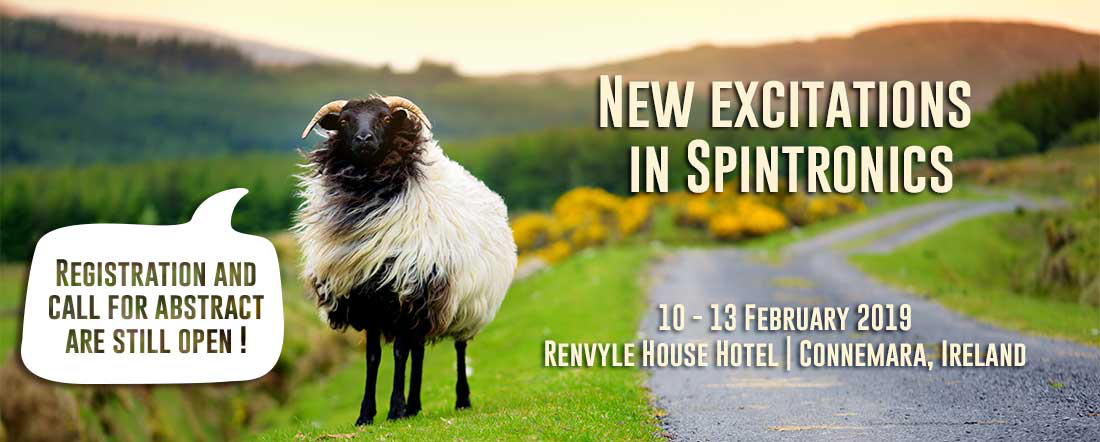Speaker
Description
The aim of this presentation is to theoretically propose an efficient way of spin current generation in so-called "topological Dirac seimetals (TDSMs)." TDSMs are characterized by pair(s) of doubly-degenerate nodal points (Dirac points) in momentum space that are protected by rotational symmetry around an axis, directly observed by angle-resolved photoemission spectroscopy (ARPES) in Na$_3$Bi and Cd$_3$As$_2$ [1,2]. One of the important features of TDSMs is the intrinsic spin Hall effect (SHE), which comes from their nontrivial momentum-space topology at low energy and is thus topologically robust [3]. On the other hand, the topological robustness implies that the spin Hall conductivity for this intrinsic SHE is strictly determined from the Dirac-point configurations and cannot be tuned or enhanced easily.
In order to overcome this problem, I focus on a lattice-strained TDSM, to obtain an additional contribution to the spin current generation. I propose that an electric field applied to a TDSM nanowire with torsional train gives rise to a nonlinear spin Hall current, namely the spin current perpendicular to and quadratic in the electric field (see Fig. 1) [4]. The spin current response is obtained by solving the Boltzmann equations for each valley, regarding the strain as a pseudomagnetic field for the Dirac electrons [5]. I find that the torsional strain is essential for the nonlinear SHE; it arises as the hybrid of the regular Hall effect driven by the pseudomagnetic field (lattice strain) and the anomalous Hall effect coming from the momentum-space topology. This nonlinear SHE gives a sizable spin current contribution compared with the linear intrinsic SHE. Moreover, this nonlinear effect rectifies an alternating electric field into a steady spin current, which renders the TDSM an efficient spin-current injector.
[1] Z. K. Liu et al., Science 343, 864 (2014).
[2] M. Neupane et al., Nat. Commun. 5, 3786 (2014).
[3] B.-J. Yang and N. Nagaosa, Nat. Commun. 5, 4898 (2014).
[4] Y. Araki, Sci. Rep. 8, 15236 (2018).
[5] D. I. Pikulin, A. Chen, and M. Franz, Phys. Rev. X 6, 041021 (2016).

